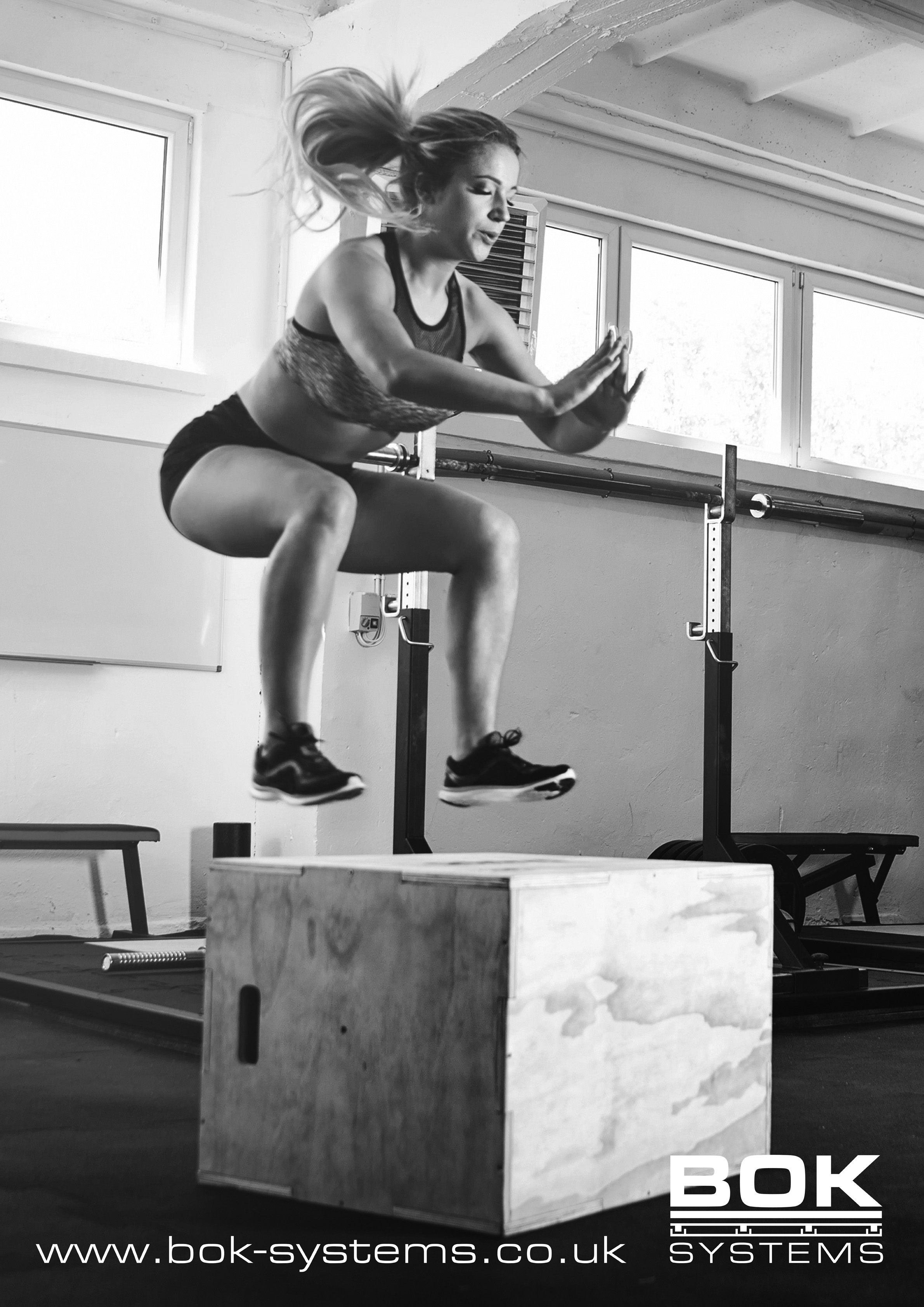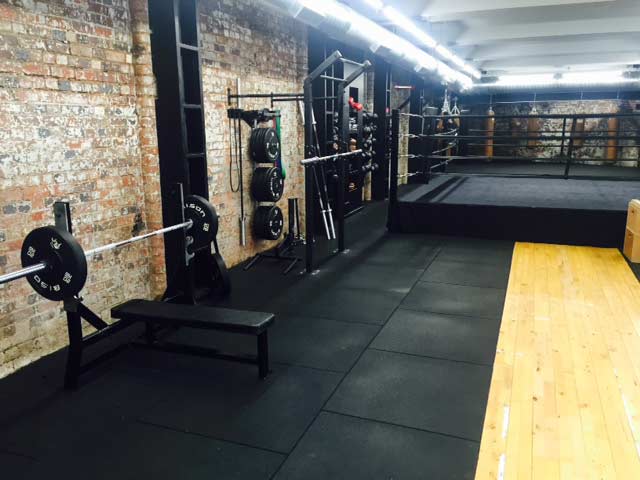Technical Considerations for Gym Ownership - NOISE
The UK is heading towards 15% market penetration within the health and fitness market. This means that 1 in 8 of us now belong to a gym. With the market polarizing (high end or budget), diversifying (spa, class only, cross fit, combat, rehab, functional, lifting, HIIT, Boot Camp, and so on), there are more and more gyms opening. This means that often buildings not initially designed for gym use are being converted. The obvious one is the light industrial unit on a business park, although it could be an office, retail unit and even a home gym conversion of a garage. Here is one big issue that we need to consider. Noise!..... I said NOISE!!
OK lets run though some of the considerations: -
1. Type of gym - Some gyms are louder than others. A gym offering yoga, meditation and body balance classes will be significantly quieter than a military style boot camp……inside and outside the gym I would suggest! Size is also a factor, for the larger the club then the noise levels tend to increase. I think now is a good time to define noise. Noise is unwanted sound that causes annoyance or disturbance. Sound is defined as vibrations, usually regular and continuous.
Growth in weight training with noise generating bars and plates can cause specification challenges.

The following are some examples of activities that can potentially generate issues of noise for the gym owner/ operator through neighbour complaints: -
Olympic Lifting / Free-weights – high impact noise from heavy equipment impacting on to the floor.
Free weights and lifting areas can cause significant disturbance due to huge impact energy
Cardio-Vascular Machines (CV) – cycles, elliptical and rowing machines tend to be quieter with little output. Treadmills can be an issue with impact and a bank of say 5 or more treadmills all in simultaneous use can have a ‘whacker’ effect on the gym floor.
Group Exercise Classes – some classes for example, body pump, can have a large number of class participants dropping barbells pretty much in unison. Often group exercise classes have highly motivational music levels and an instructor microphone linked to speakers.
Fixed Resistance Machines – can generate high noise levels from weights impacting on each other and the machine stack.

2. Gym location - Not where in the world is the gym but more importantly where in the town or city will be the location. Gyms can generate high levels of impact and airborne noise and so they should ideally be located away from retail, residential and commercial units. However, this is not often an option and we are witnessing gyms being located in mixed-use developments adjacent to habitable areas. If we can design in a suitable level of acoustic performance, protecting neighbouring residents or businesses from disturbance, then there should not be an issue.
Ground floor gym below residential apartments in a converted ammunition factory in Birmingham

3. Appropriate acoustic design targets - To minimise the risk of complaints regarding gym noise, we recommend that the gym should be designed so that noise is normally inaudible in adjoining neighbours properties. This may require a much higher level of sound insulation than basic requirements and extreme testing can often set a benchmark. We had a client who had a gym next door to a residential apartment and we tested the room with a sledgehammer trying to make the most extreme example of disruption. Cure the noise from a sledge hammer and you can drop pretty much any dumbbell without fear of causing nuisance.
- Design targets for maximum gym noise levels in habitable rooms of adjoining residential properties:
- Daytime (0700-2300hrs) – 20 dB LAmax
- Night-time (2300-0700hrs) – 10 dB LAmax
These vary for retail and commercial properties but in our experience, it is always best to engage and work with neighbours to establish acceptable levels of sound.
4. Control of impact sound transmission - Free-weights areas and gym classes can generate high levels of impact noise and if untreated, this noise can effectively travel throughout the building structure via walls, columns, floors and ceilings and disturb adjoining properties. Impact noise from gyms is difficult to predict at gym planning stage although we can qualify the disturbance levels within existing buildings. Best practice is to undertake subjective and acoustic testing which may then lead to a number of anti-vibration solutions to be introduced.These solutions can be designed in at an early stage if the premises are not yet built.
- CV Equipment – Machines placed on resilient flooring that may incorporate acoustic under laments.
- Free Weights / Lifting – Resilient flooring systems (sprung floor or bespoke resilient floor build-up incorporating multi density layers)
- Fixed Resistance – Machines placed on resilient flooring that may incorporate acoustic under lament.
- Group Exercise – Specialist floor systems (point elastic, area elastic, mixed elastic or combined elastic systems)
- Functional Spaces - Resilient flooring that may incorporate acoustic under lament.
 Although protecting the floor and sub floor, platforms can, actually make the acoustics in a room worse.
Although protecting the floor and sub floor, platforms can, actually make the acoustics in a room worse.
5. Noise Management Plan - Even with some of the solutions listed above, it may be necessary to implement a noise management plan.This should be used as a working document, subject to review and change in line with new technologies and the evolving business practices.The plan, would be a demonstration of “Best Practical Means” for the gym’s operation and management in a bid to manage noise.
Examples could be, the hours in which the gym can be used may be restricted, self-closing entrance doors, pre determined set music levels, staff training on noise management, signage for members, and so on.
It is recommended, that where ever possible, gyms are not located directly above residential properties.
For more information on Gym design, acoustic testing, subjective drop testing, noise management plans and resolving noise issues in gyms please get in touch via our form or call 01600 887521